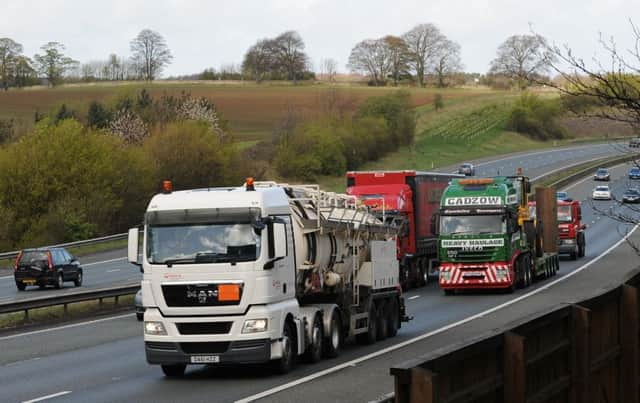Budget 2017: New money for North roads


The Treasury said the money was in addition to more than £50m already committed to transport in the North from the Government’s National Productivity Fund.
Ministers are expected to set out in more detail where the money will be spent next week.
Advertisement
Hide AdAdvertisement
Hide AdHull Chamber of Commerce chief executive Ian Kelly said the money announced by Mr Hammond would “hardly scratch the surface of what is required to keep the congested roads and ageing rail networks in the North of England moving”.
Chancellor Philip Hammond also used his Budget to create a new £690m fund to be shared among councils to address local transport problems.
However there will be criticism from councils that they will have to bid against each other for money from the fund.
In recent years the Government has moved towards giving areas more control over how transport money is spent locally and there will be concern among some council leaders that the launch of the new fund marks a return to forcing local authorities to fight each other for money overseen by civil servants in Whitehall.
Advertisement
Hide AdAdvertisement
Hide AdDespite promises to invest in improved transport connections in the North in last year’s Autumn Statement, Mr Hammond’s Budget lacked major commitments on major schemes such as the plan to connect major cities with a new high speed rail service.
Ed Cox, director of the IPPR North think tank, said “It is understandable that ‘spreadsheet Phil’ sought to focus on technical issues rather than bigger government projects like industrial strategy and the Northern Powerhouse, but in the coming weeks we need to see concrete funding, especially on infrastructure.
“London will see £1,500 more in transport spending per person than the North and the South will see 75 per cent of R&D spend.”